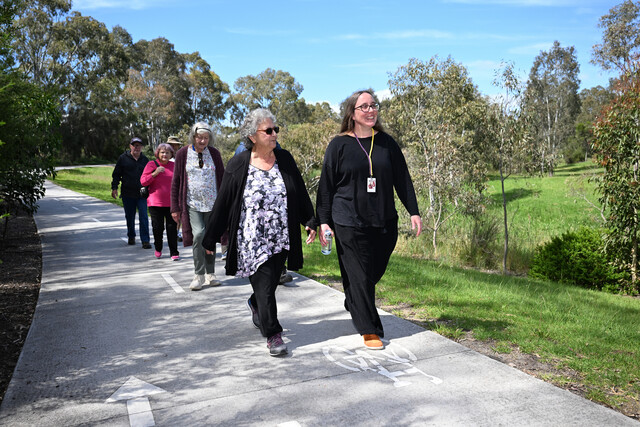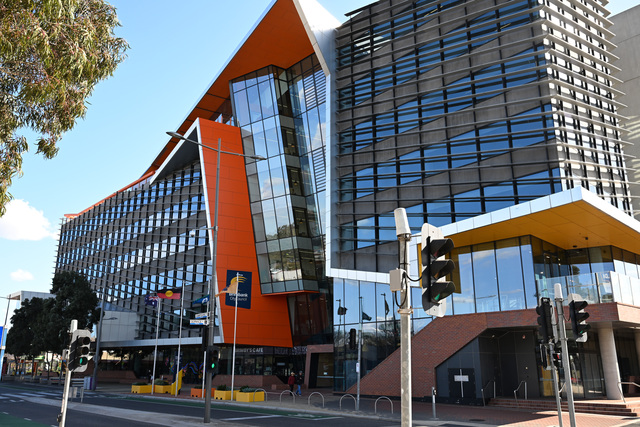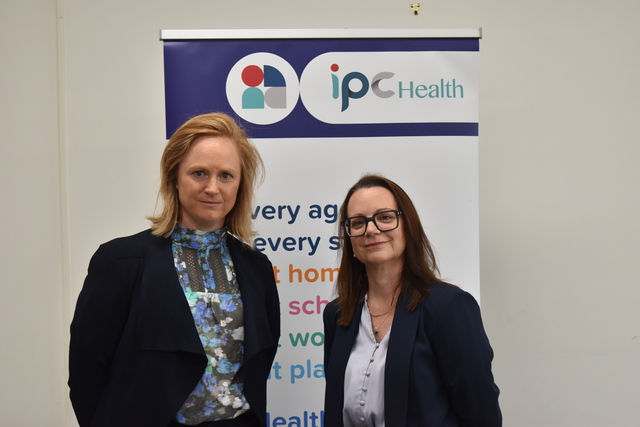The lives of as many as 20 Brimbank residents could be saved and 63 cases of heart attack, stroke, bowel cancer, breast cancer and diabetes avoided if more commuters ditched their cars, a new study has revealed.
The research, conducted by GP Margaret Beavis and Population Health professor Marj Moodie, found that people living in the inner city were six times more likely to get enough physical activity from their daily travel to and from work compared to their counterparts in suburban areas, such as Brimbank.
The report attributed ‘low active-transport levels’ in the suburbs to reduced public transport infrastructure and fewer places to go, making driving the only option for most trips.
Dr Beavis said long-term health impacts needed to be factored into urban planning and infrastructure, including extending and improving public transport and bike paths.
“The message is that if you have a choice to cycle, walk or use public transport, it’s a really good health option and cost effective. But you need to be given that choice.”
Dr Beavis said if 10 per cent more Brimbank residents who had the choice of using active transport in their daily commute opted to get physical with their working weeks, 19 deaths each year could be prevented.
The study cited World Health Organisation research that showed taking just 30 minutes of daily exercise reduced the rates of premature deaths by up to 22 per cent, and also the risks of diabetes, cancer, stroke and heart disease. Financial benefits – calculated using conservative modelling that values human life at three months’ pay – estimated there could be savings of $2.4 million in lost productivity made in Brimbank alone.
Derrimut university student Norine Ma said she relies on a combination of walking and public transport to get to her part-time job.
“I do the 15-minute walk every day to and from the station,” the 17-year-old said.
“I think even when I get my car licence I’ll keep doing the walk so at least I’ll be able to get some exercise in.”







